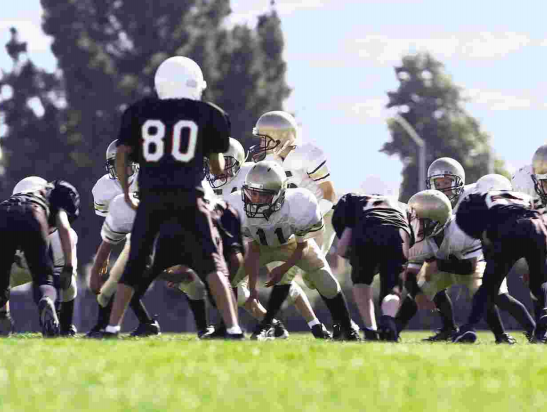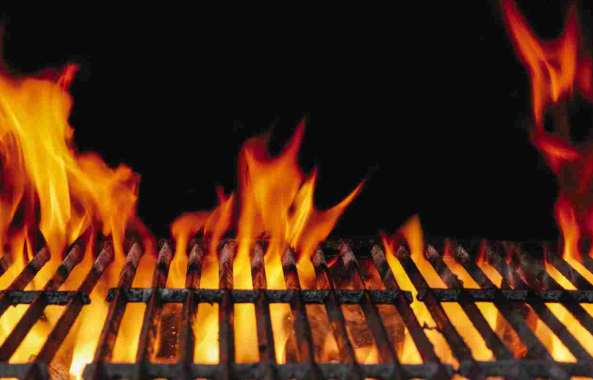As the cost of the average wedding continues to rise, it’s understandable that couples ready to tie the knot may be seeking any and all ways to save money.
While some aspects of a wedding are better left to the professionals, others are prime for a little do-it-yourself cost cutting. Couples should just be sure they have the skills and resources available to handle portions of their weddings on their own. Otherwise, the cost savings may be negated by trial and error. The following are some areas that may be a good fit for couples looking to try their own DIY techniques.
· Floral centerpieces: While floral bouquets and boutonniéres are probably best left to professional florists, couples may want to try making their own reception table centerpieces. Such centerpieces can be simple displays of fresh flowers in vases or more intricate designs. Test out any ideas prior to the wedding. Remember to keep arrangement height in mind. You do not want to obscure the views of seated guests.
· Cake: Ask a pastry chef or bakery to make you a small cake that can be used for cake-cutting traditions and photo opportunities, but have your own cake available to serve. Sheet cakes are much less expensive than more intricate tiered cakes, but they can be just as delicious. Guests may not even know the difference if the cake is sliced and served out of the reception site’s kitchen. Purchase the cake or make it on your own.
· Invitations: Professionally designed invitations can look beautiful, but not everyone has the budget for embossing or engraving and expensive paper stock. Thanks to graphic design and page layout software, computer-savvy couples can design and print their invites right from home. That makes it easy to create a new invitation if you miscounted or if you have a last-minute addition to the guest list.
· Favors: Create favors that work with the theme of your wedding and make them yourself. These can be candles, fruit preserves, soaps, baked goods, or anything else that appeals to you. The cost of making them in bulk may turn out to be less than purchasing manufactured items. Plus, guests get to take home something that came directly from you.
· Video: Enlist a friend or family member to capture the wedding and after-party on video for you. You can use video-editing software available through popular apps to piece together your own wedding video memento.
Couples about to tie the knot can become more hands-on in wedding planning and execution. By handling some of the work themselves, couples can save a considerable amount of money. A do-it-yourself approach also may foster feelings of pride in a job well done.
SB167233












